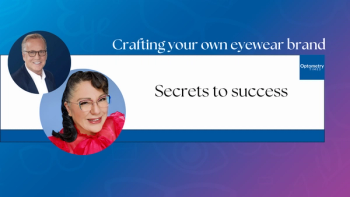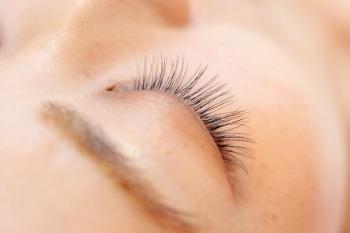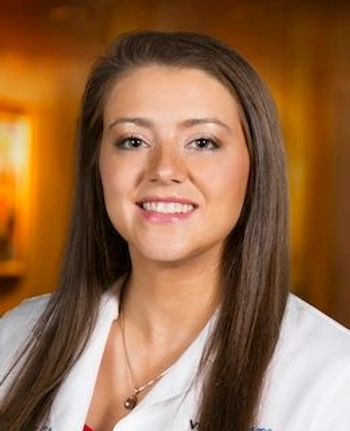
AAOpt 2025: New approaches to managing age-related eye conditions
Pamela Theriot, OD, FAAO, said that eye care providers should aim to maintain optimal vision throughout their lifetime through proactive, comprehensive care.
Pamela Theriot, OD, FAAO, gave a presentation at the American Academy of Optometry's Academy 2025 in Boston, Massachusetts that focused on managing age-related eye diseases. Theriot emphasized the critical importance of early detection and proactive treatment of ocular changes throughout a patient's lifetime.
The lecture explores eye health from the front to the back, highlighting how aging impacts different parts of the eye. As individuals age, the front surface of the eye experiences significant changes, particularly in the eyelids. The elasticity of eyelids decreases, which affects blinking efficiency and complete eye closure. These changes can lead to various conditions such as nocturnal lipo thalmas, dry eye disease, and digital eye strain. Technological advancements like radio frequency and dynamic muscle stimulation offer promising solutions for strengthening lid muscles and addressing ocular surface diseases.
Theriot stressed the importance of monitoring age-related corneal conditions like Fuchs dystrophy, which can progressively impact vision. Early warning signs such as seeing halos around lights, experiencing increased glare, or noticing vision changes should prompt closer examination and potential surgical referral. With an aging population and fewer ophthalmologists available, optometrists play a crucial role in long-term patient management. The lecture underscores the significance of confidently treating patients medically and knowing when surgical intervention becomes necessary. Optometrists should be prepared to:
- Monitor age-related eye changes
- Provide initial treatments
- Refer patients to specialists when needed
- Manage post-surgical care
- Continuously track patient eye health
Regenerative therapies represent an exciting frontier in eye care, offering potential to "turn back the clock" and improve overall eye health. The ultimate goal is to help patients maintain optimal vision throughout their lifetime through proactive, comprehensive care. Theriot concluded by highlighting the importance of early detection, continuous monitoring, and leveraging modern technologies to manage age-related eye conditions effectively.
Newsletter
Want more insights like this? Subscribe to Optometry Times and get clinical pearls and practice tips delivered straight to your inbox.


















































.png)


